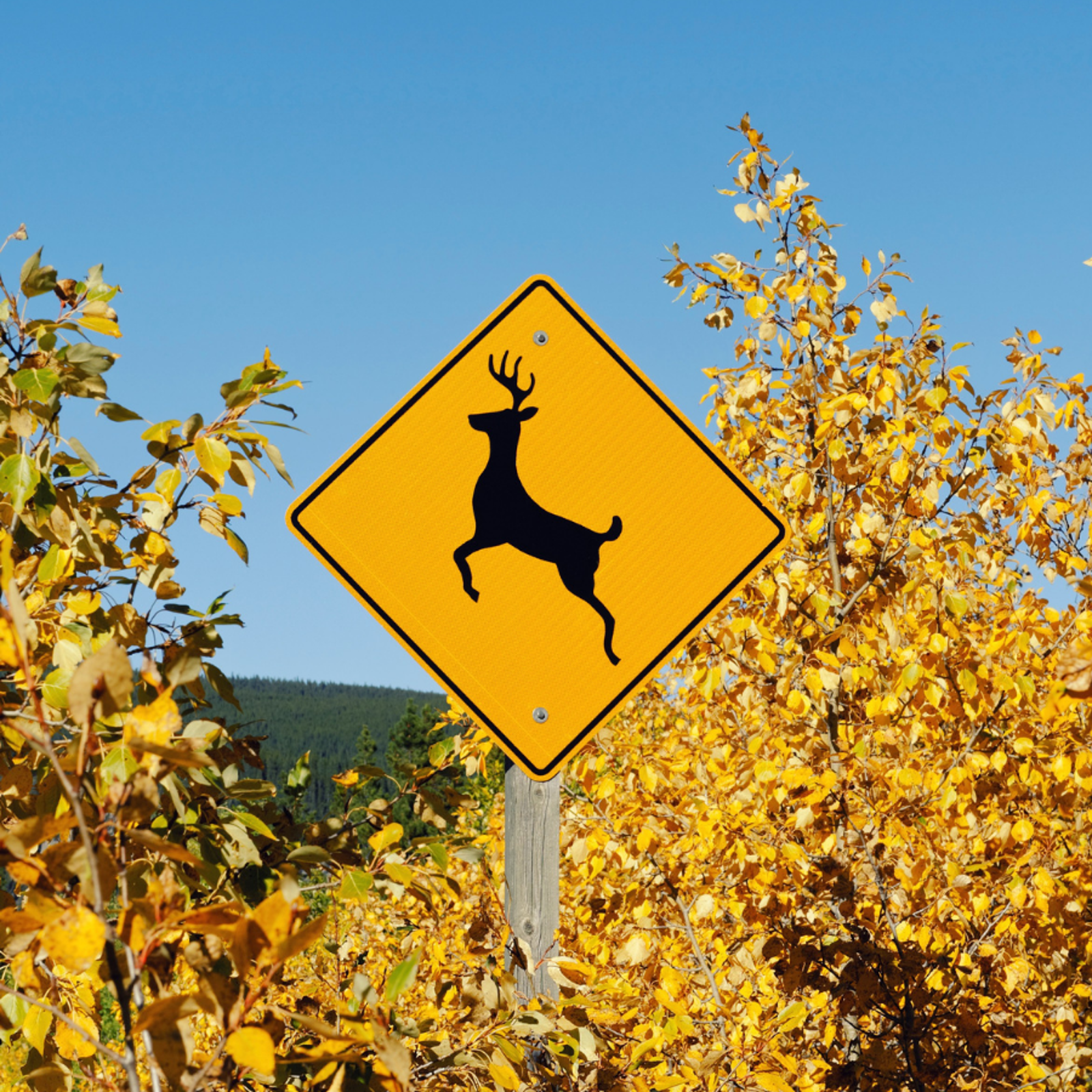Deer Season Driving Risks: Is Your Auto Coverage Up to Date?
Deer season brings a higher risk of collisions on the road. Learn how comprehensive and collision coverage protect your vehicle from wildlife-related damage and what steps to take if an accident occurs.

As states like Wisconsin move into late fall, drivers face a higher risk of hitting a deer on the road. According to the Wisconsin Department of Natural Resources, October and November are the most active months for deer collisions, as shorter days and increased animal movement make encounters on rural and suburban roads far more likely. It’s important that drivers know what is and isn’t covered in their auto insurance in case of a deer collision
Tips to Reduce Your Risk on the Road
While it’s impossible to prevent every encounter, a few safety steps can lower your risk of a collision:
- Stay alert at dawn and dusk. These are peak movement times for deer.
- Slow down in wooded or rural areas. Scan road edges and medians for movement.
- Use high beams when possible (but dim for oncoming traffic). They help you spot glowing eyes from a distance.
- Avoid swerving. It’s often safer to brake firmly and stay in your lane than to risk hitting another vehicle or fixed object.
- Always buckle up. Deer collisions can cause injuries to you and others — wearing a seat belt will help reduce this risk.
How Your Insurance Helps After a Deer Collision
Before an accident occurs, make sure you have the right coverage for your needs. Collision and comprehensive insurance are both optional, but they’re incredibly helpful for protecting against the unexpected, especially during peak deer season.
- Comprehensive Coverage: Damages from a direct deer collision are typically covered under comprehensive insurance. This coverage protects against events beyond your control, like animal strikes, hail, theft, vandalism, or falling trees.
- Collision Coverage: If you swerve to avoid hitting a deer and instead collide with another vehicle or object (like a tree or fence), that damage is generally considered a collision loss. Collision coverage applies to damages to your vehicle in these types of incidents, regardless of who’s at fault.
Understanding the difference between these two optional coverages ensures you’re financially prepared no matter how you encounter a deer on the road.
What to Do If You Hit a Deer
- Pull over safely and turn on your hazard lights.
- Stay inside your vehicle; injured animals can be unpredictable.
- Contact law enforcement to report the incident.
- Document the damage and scene for your insurance claim.
- Call your insurance agent to start the claims process.
Peace of Mind for Every Mile
Even cautious drivers can’t predict wildlife. Reviewing your auto coverage before peak season ensures you’re protected from unexpected repair costs and claim stress.
At Ansay & Associates, we help drivers find confidence behind the wheel year-round. Talk with your local agent about adding or updating your comprehensive or collision coverage this fall.
We're here to answer your questions. Let's talk.
You Can Always Call Us Toll-Free at: 1 (888) 262-6729
Almost there!
We need a little more information from you. Once this form is submitted you will be able to utilize the resource requested.
By requesting this resource, you are agreeing to receive email communications from Ansay. You can unsubscribe at anytime via your preference center.
Not allowed
You are attempting to download a resource that isn’t available to you.



